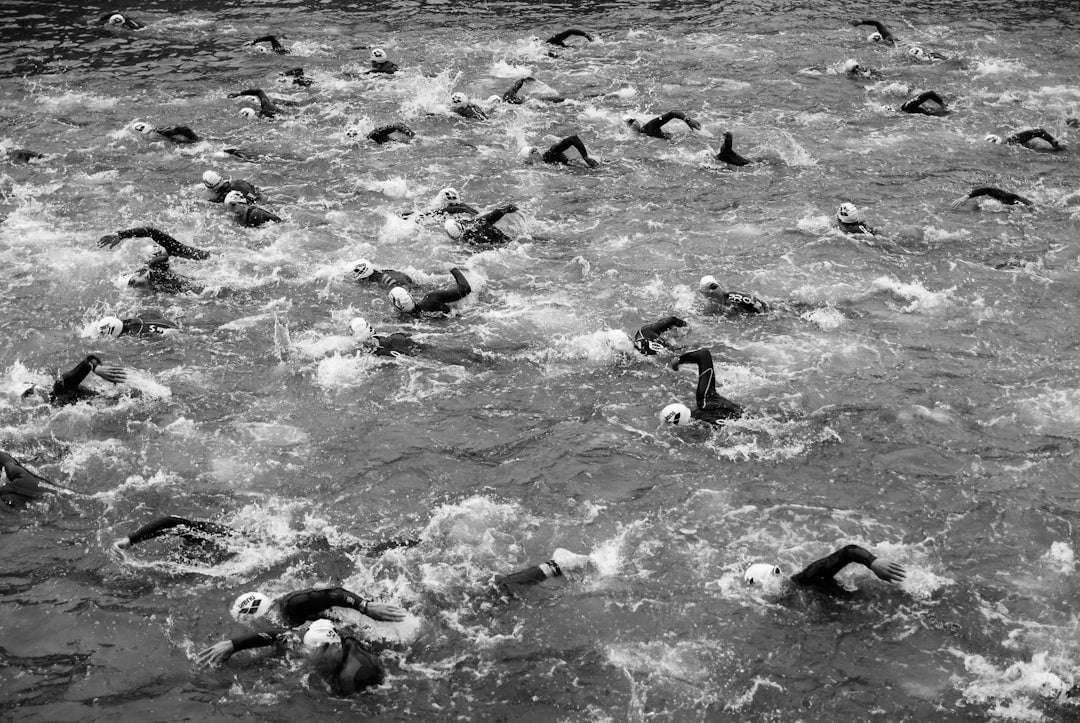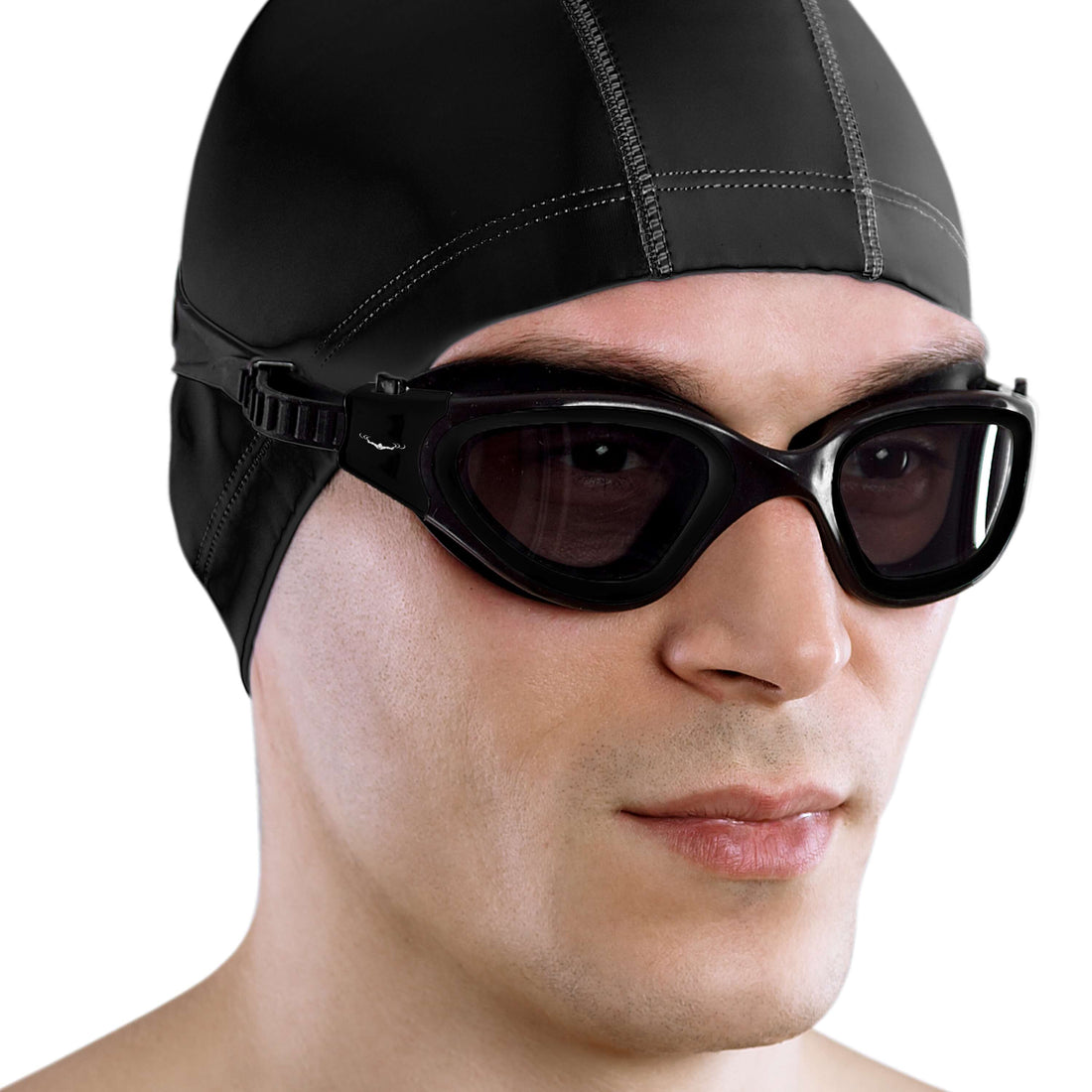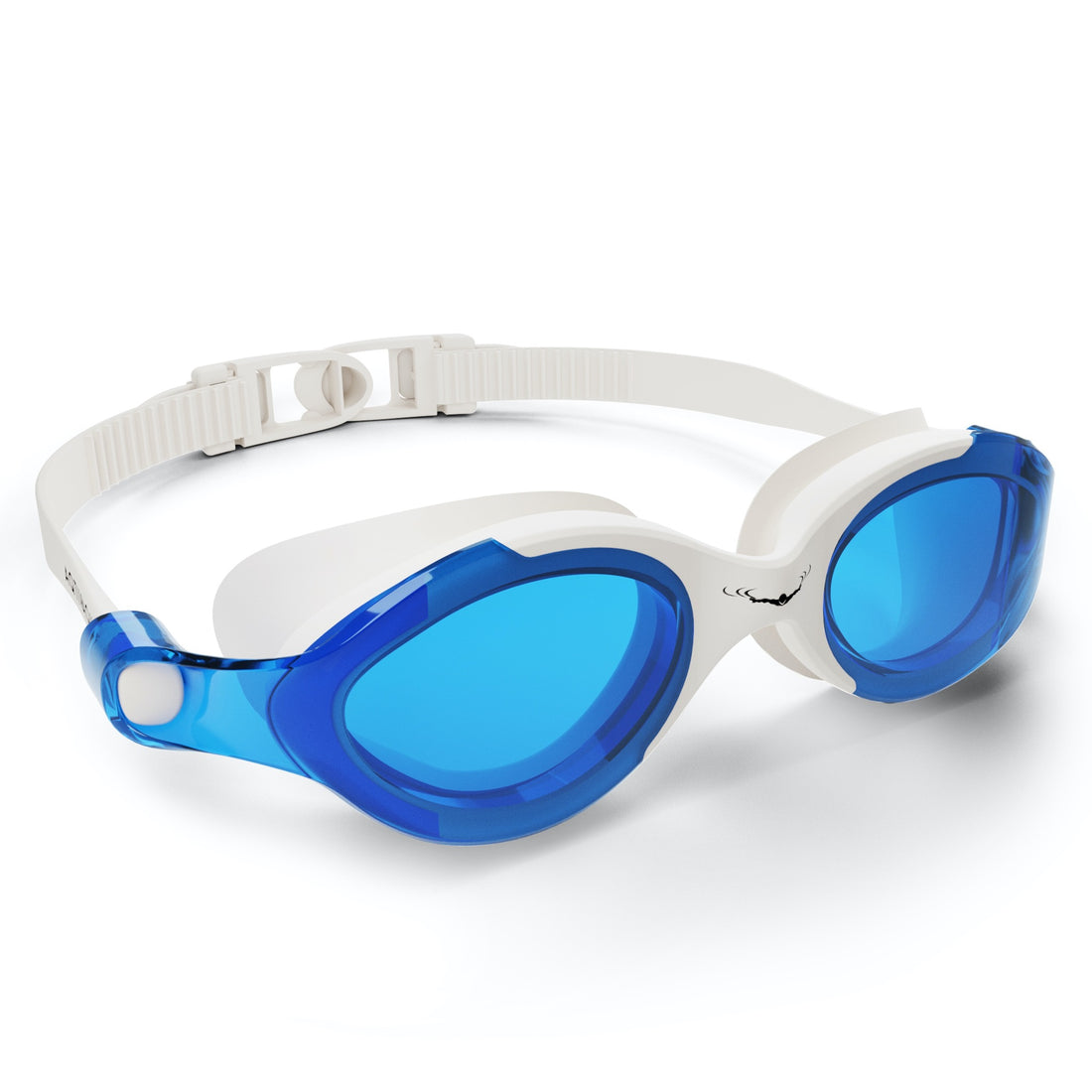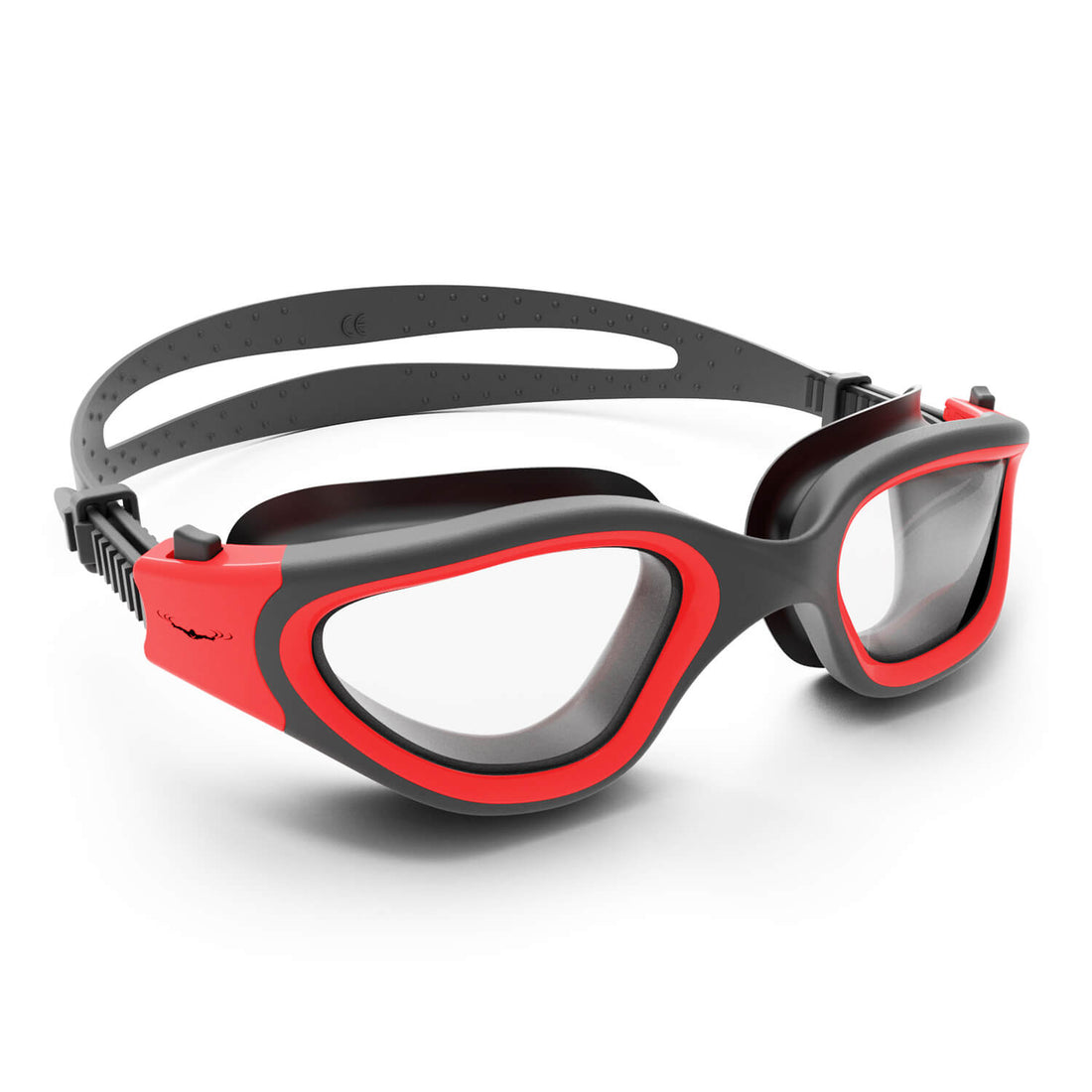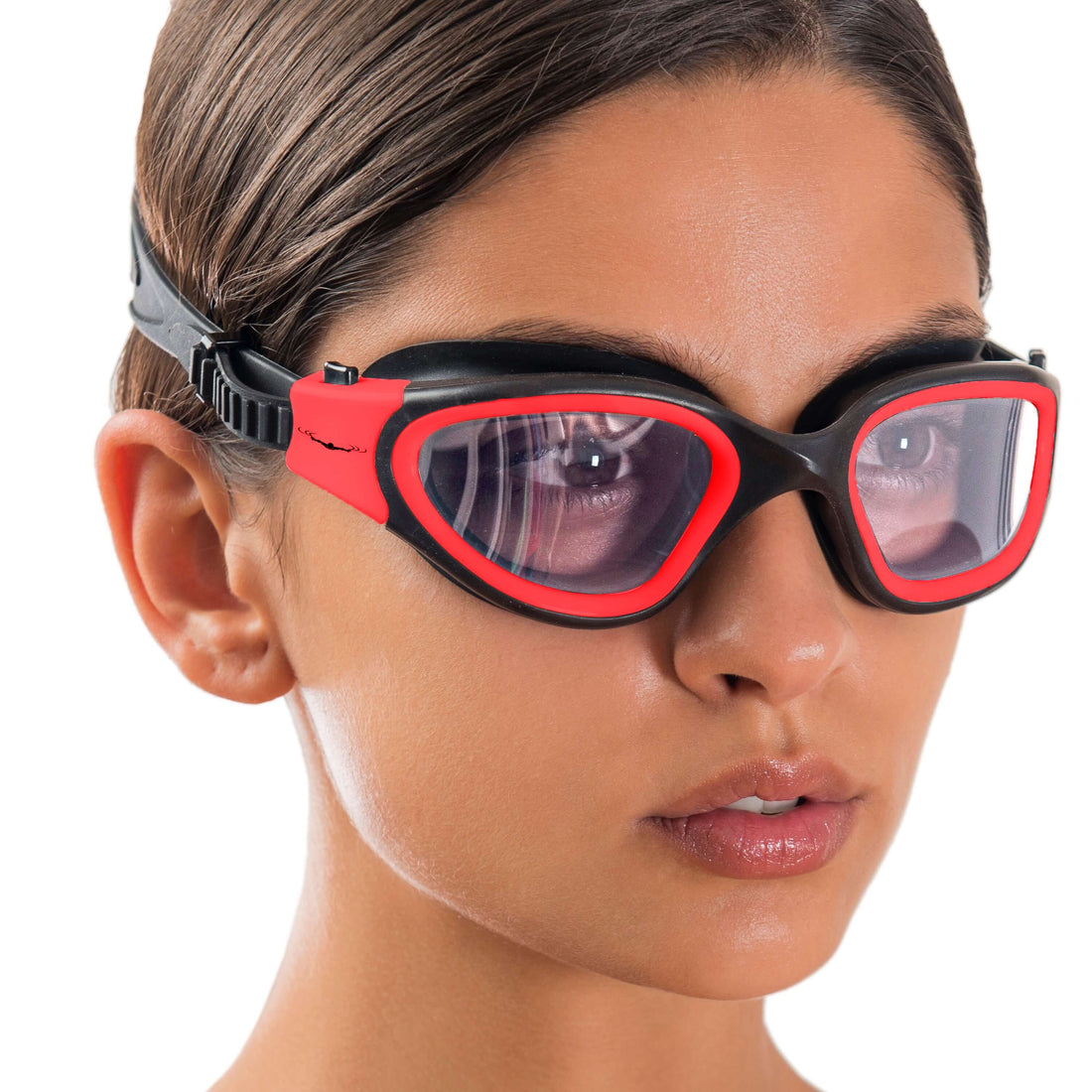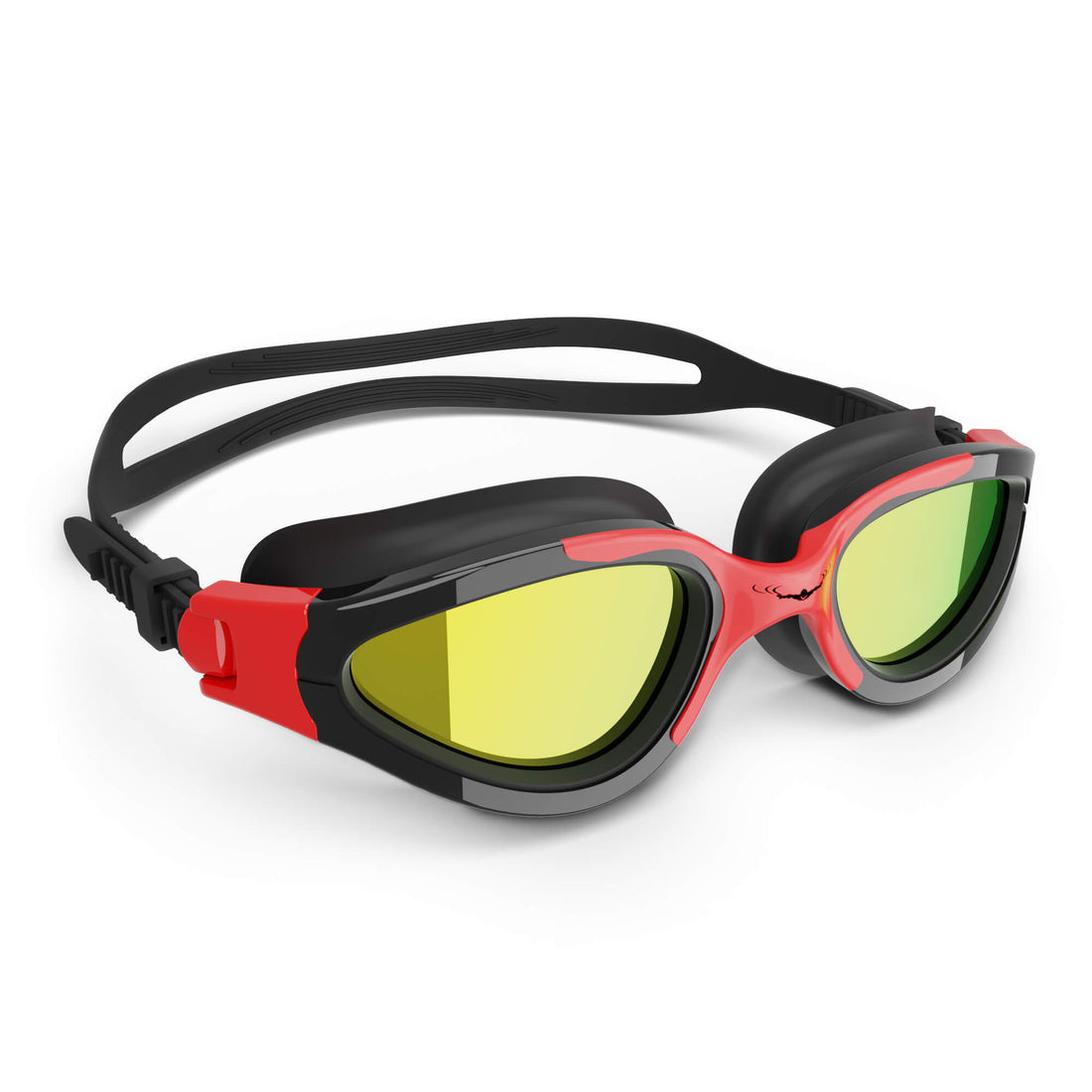Swimming has evolved significantly from its ancient origins to the competitive spectacle it is today. The sport has not only transformed in terms of techniques and equipment but also in its perception as a vital part of recreation and competition. This article delves into that evolution, highlighting key milestones along the way and how this has influenced modern swimming techniques, gear like swim goggles and swim caps, and the culture surrounding these aquatic endeavors.
Ancient Beginnings: Swimming Through the Ages
The history of swimming can be traced back to prehistoric times. Evidence suggests that humans have been swimming for as long as we've existed, with cave paintings in France depicting swimmers believed to be around 10,000 years old. In ancient civilizations, swimming was not merely seen as a leisure activity but also a vital skill for survival.
Swimming in Ancient Civilizations
Different ancient cultures embraced swimming in various ways:
- Egyptians: The Egyptians enjoyed recreational swimming, as evidenced by wall paintings found in tombs.
- Greeks and Romans: Swimming was a common exercise for soldiers in these societies. The Romans popularized swimming pools, which were initially used for training soldiers and later became spaces for relaxation and social interaction.
- Japanese: Japan has a long tradition of swimming, known as "Suijutsu," which involved various techniques and methods.
However, formalized competitive swimming didn’t emerge until the 19th century.
The Birth of Competitive Swimming
The competitive aspect of swimming started taking shape in Europe during the 1800s. In 1837, the first recorded swimming race took place in England, featuring the front crawl technique, which was innovative for its time. The establishment of amateur swimming associations and organizing competitions led to more structured events.
Key Developments in Competitive Swimming
As competitive swimming gained popularity, so did advancements in techniques and training methods. The introduction of specific swimwear, such as swim caps and swim goggles, significantly impacted performance and safety during races:
- Swim Caps: Originally made from fabric or rubber, swim caps were introduced to reduce drag and keep hair out of the face. This small accessory has evolved into a crucial tool for swimmers.
- Swimming Goggles: The invention of swim goggles in the early 20th century further enhanced visibility in the water. As swim goggles became more streamlined and comfortable, swimmers could now focus on their techniques and performance.
The Rise of Swimming as an Olympic Sport
Swimming was included in the first modern Olympic Games held in Athens in 1896, marking a significant turning point in the sport's history. The inclusion of events for both men and women and the introduction of various strokes highlighted the need for different training methods and gear.
Modern Swimming Techniques and Their Impact
The evolution of swimming styles has greatly shaped the sport as we know it today. The four main strokes—freestyle, backstroke, breaststroke, and butterfly—each require specific techniques and training regimens. To optimize these techniques, swimmers rely heavily on the use of specialized equipment:
- Swim Goggles: Beyond enhancing vision, modern swimming goggles come with anti-fog features, UV protection, and various designs that cater to different preferences.
- Swim Caps: Today's swim caps are made from silicone or latex materials that offer superior comfort while reducing drag. They are also available in a range of styles and colors, promoting self-expression among swimmers.
- Swim Ear Bands: As swimmers often face issues with ear infections due to water ingress, swim ear bands have emerged as an essential accessory to help keep ears dry and protect hearing.
The Impact of Technology on Swimming
As technology has progressed, so has the equipment used in competitive swimming. Innovations have played a monumental role in athletes' performances, from advances in swimwear fabrics to the monitoring of heart rates and techniques during training sessions. Each gear change has brought about more records and personal bests.
Performance Enhancements Through Technology
High-performance swimwear now utilizes advanced materials that offer lower resistance in the water. These specialized suits, combined with essential accessories such as swim goggles and caps, have revolutionized competitive swimming. Athletes focus on precision and performance, trusting that their gear will support their efforts:
- Enhanced Swim Goggles: Advanced materials and ergonomic designs allow for a comfortable fit that provides an unrestricted field of vision.
- Swim Caps Innovation: Advanced manufacturing produces swim caps that maintain elasticity while fitting snugly, thus ensuring they stay in place during intense races.
The Cultural Significance of Swimming
Beyond competition, swimming has a deep cultural significance in many societies. From recreational activities to therapeutic uses, swimming is universally recognized as a means for fitness and fun. With the evolution of swimming as a sport, the culture surrounding it has grown immensely:
Social and Therapeutic Aspects
Swimming is a social activity that brings communities together. It promotes healthy living and enchants various demographics, from children learning to float to adults engaging in swim therapy. Notably, modern swim schools emphasize water safety, incorporating the use of swim caps and goggles in their lessons for a more comprehensive instructional experience.
The Role of Swimming in Health and Fitness
Swimming has gained recognition as an excellent full-body workout. Engaging various muscle groups and improving cardiovascular health, it is a go-to sport for personal fitness regimens. As a result, the popularity of swimming pools has surged, leading to community investments in recreational centers equipped with the latest swim gear:
- Swim Ear Bands: In therapy sessions, swim ear bands are frequently recommended to prevent infections during water exercises.
- Swim Caps and Goggles: Essential in providing protection and comfort for swimmers for enjoyable and safe experiences in the water.
Where We Stand Today: Swimming in the Modern Era
Today, swimming is one of the most popular sports globally, practiced for competition, leisure, and health benefits. Swimming events draw large audiences, from local meets to international competitions like the Olympics. The advancements in swim gear and increased accessibility to swimming facilities reflect the sport's prominence.
The Future of Swimming
Looking ahead, the future of swimming promises continued innovation and inclusivity. There's a growing focus on sustainability in the production of swim gear, including eco-friendly swim caps and goggles. The introduction of technology such as smart goggles is also on the horizon, offering swimmers feedback on their technique in real time.
Embracing the Aquatic Spirit
Engaging in swimming, whether as a hobby or competitive pursuit, yields numerous benefits. Swimmers are encouraged to equip themselves with the right tools to ensure safety and performance. With extensive options available such as swim caps, swim goggles, and swim ear bands, athletes of all levels can feel confident while pursuing their passion for the water.
As we continue to navigate the waves of history, swimming as a sport reminds us of the beauty of adaptation, innovation, and the joy of water. The journey of swimming is ongoing, and there’s no limit to what this ancient sport can achieve in the years to come.


